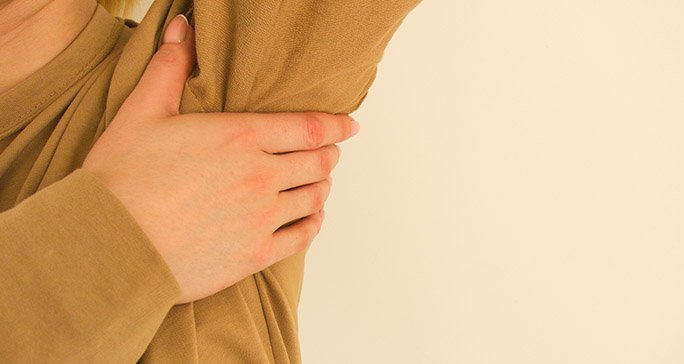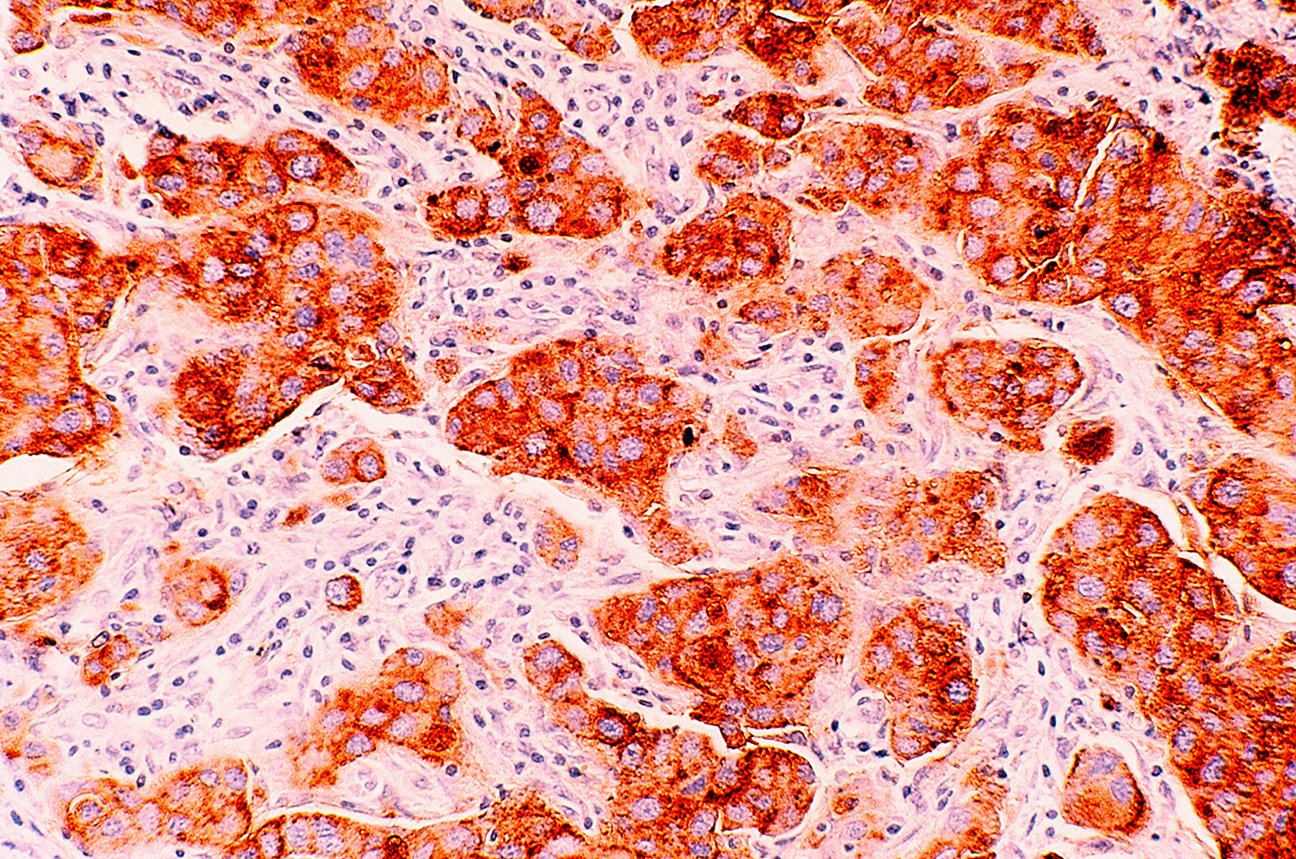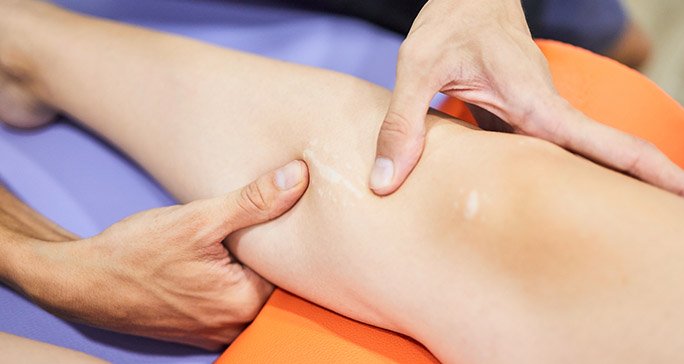- Diseases
- Acoustic Neuroma (16)
- Adrenal Gland Tumor (24)
- Anal Cancer (70)
- Anemia (2)
- Appendix Cancer (18)
- Bile Duct Cancer (26)
- Bladder Cancer (74)
- Brain Metastases (28)
- Brain Tumor (234)
- Breast Cancer (726)
- Breast Implant-Associated Anaplastic Large Cell Lymphoma (2)
- Cancer of Unknown Primary (4)
- Carcinoid Tumor (8)
- Cervical Cancer (164)
- Colon Cancer (168)
- Colorectal Cancer (118)
- Endocrine Tumor (4)
- Esophageal Cancer (44)
- Eye Cancer (36)
- Fallopian Tube Cancer (8)
- Germ Cell Tumor (4)
- Gestational Trophoblastic Disease (2)
- Head and Neck Cancer (14)
- Kidney Cancer (130)
- Leukemia (342)
- Liver Cancer (50)
- Lung Cancer (286)
- Lymphoma (278)
- Mesothelioma (14)
- Metastasis (30)
- Multiple Myeloma (100)
- Myelodysplastic Syndrome (60)
- Myeloproliferative Neoplasm (6)
- Neuroendocrine Tumors (16)
- Oral Cancer (102)
- Ovarian Cancer (178)
- Pancreatic Cancer (160)
- Parathyroid Disease (2)
- Penile Cancer (14)
- Pituitary Tumor (6)
- Prostate Cancer (150)
- Rectal Cancer (58)
- Renal Medullary Carcinoma (6)
- Salivary Gland Cancer (14)
- Sarcoma (238)
- Skin Cancer (300)
- Skull Base Tumors (56)
- Spinal Tumor (12)
- Stomach Cancer (66)
- Testicular Cancer (28)
- Throat Cancer (92)
- Thymoma (6)
- Thyroid Cancer (100)
- Tonsil Cancer (30)
- Uterine Cancer (86)
- Vaginal Cancer (18)
- Vulvar Cancer (22)
- Cancer Topic
- Adolescent and Young Adult Cancer Issues (22)
- Advance Care Planning (12)
- Biostatistics (2)
- Blood Donation (18)
- Bone Health (8)
- COVID-19 (360)
- Cancer Recurrence (120)
- Childhood Cancer Issues (120)
- Clinical Trials (628)
- Complementary Integrative Medicine (22)
- Cytogenetics (2)
- DNA Methylation (4)
- Diagnosis (238)
- Epigenetics (6)
- Fertility (62)
- Follow-up Guidelines (2)
- Health Disparities (14)
- Hereditary Cancer Syndromes (128)
- Immunology (18)
- Li-Fraumeni Syndrome (8)
- Mental Health (122)
- Molecular Diagnostics (8)
- Pain Management (62)
- Palliative Care (8)
- Pathology (10)
- Physical Therapy (18)
- Pregnancy (18)
- Prevention (936)
- Research (390)
- Second Opinion (78)
- Sexuality (16)
- Side Effects (616)
- Sleep Disorders (10)
- Stem Cell Transplantation Cellular Therapy (216)
- Support (408)
- Survivorship (328)
- Symptoms (182)
- Treatment (1788)
Mastectomy recovery: What to expect after breast removal surgery
6 minute read | Published November 13, 2024
Medically Reviewed | Last reviewed by Ana Paula Correa Refinetti, M.D., on November 13, 2024
Mastectomy is the scientific term for the surgical removal of the breast. It is frequently used to treat and prevent breast cancer. It can be performed on just one side of the body or on both at the same time.
But how long does it take to recover from a mastectomy fully? How long will you have to stay in the hospital? And, will you ever really feel normal again?
Here are the answers to these and other questions I sometimes hear about what to expect after a mastectomy.
How long does it take to recover from a mastectomy fully?
The recovery time is similar for all types of mastectomy: 3 to 4 weeks. But there are three different kinds.
- Total mastectomy
- Skin-sparing mastectomy
- Nipple-sparing mastectomy
In a total mastectomy, the entire breast is removed, including the skin, areola and nipple. So, the procedure will leave you totally flat on one side. The other two kinds allow you to retain some portion of the breast skin. They are also coupled with reconstruction, so they involve either an implant, a tissue expander, or your own tissue (autologous reconstruction).
No matter what type of mastectomy you have, you will leave the hospital with at least one drain hanging from your side.
Why would I need a drain after a mastectomy?
Once a breast is removed, there is an empty space left under the skin. The body fills up that empty space with fluid as a response to the inflammation caused by surgery. We insert drains to remove that fluid as it forms.
How many drains will I need after a mastectomy and how long must they stay in?
Patients typically need one drain per side for mastectomies. Some patients may have two. It depends on your particular situation and what your surgeon thinks is most appropriate.
The average amount of time a drain stays in place is 2-3 weeks. But a drain’s removal is not determined by time. It’s based on the amount of fluid coming out of it. Once a drain’s output drops below 20-30 mL/day for two days in a row, it can usually be removed. Some surgeons use different criteria, though, so ask your doctor what you can expect.
How long will I have to stay in the hospital after a mastectomy?
It’s a pretty well-tolerated procedure that only takes 1-2 hours to complete. So, some patients can go home that same day. Others might need to stay overnight at the hospital, but typically no longer than that.
The only exception is a mastectomy with an immediate autologous reconstruction (e.g. DIEP flap reconstruction). This procedure involves taking tissue from other areas of the body to reconstruct the lost breast. Depending on where that tissue comes from and how much of it is used, you might end up with drains in other locations, too. You’ll also likely need to stay in the hospital longer — up to four or five days.
How painful is the aftermath of a mastectomy, and how long does it last?
Surgeons inject a lot of numbing medication into the surrounding tissues during a mastectomy, so when most patients wake up from general anesthesia, they’re not usually in any pain.
That being said, you might feel some tightness or pressure in the chest area if you have immediate reconstruction. That’s because an implant or tissue expander is sitting right on top of your chest wall.
Most patients can control their pain with over-the-counter pain relievers like acetaminophen or ibuprofen. Some people might also need a narcotic. But patients often mention that the drain is what bothers them most, not pain from the healing incision.
Is a mastectomy considered a serious procedure?
Mastectomies are considered major surgeries. But they are well-tolerated and most of the time, there is minimal blood loss.
What’s the hardest part of recovering from a mastectomy?
In my experience, the drains are what often bother people the most. Finding a comfortable position to sleep in can be challenging. Some people like specially designed wedge pillows for support and comfort.
Another complaint I hear often is tightness in the chest or arm area on the same side as the mastectomy. We provide patients with week-by-week instructions for range-of-motion exercises and stretches to counteract that, so their chest doesn’t feel tight.
Are there any other restrictions after a mastectomy that I should know about?
- No heavy lifting: at least, not until after your drains are removed
- No arm lifts, either: If you lift your arm above your head on the same side that your surgery was performed, you run the risk of dislodging a drain or spacer. Follow the instructions given by your physician. Our surgeons have created detailed guides on what movements patients can and cannot do.
- No driving: at least, not until released by your surgeon. Additionally, you should not drive if you are still taking pain medication.
- No swimming or bathing: for at least six weeks, or until your incision has completely healed. You can still take showers and pat the surgical site dry after letting water run over it.
Are there any downsides to a mastectomy?
You won’t be able to breastfeed on that side anymore, even if you have a nipple-sparing mastectomy. You will also lose sensation in the breast skin because we have to sever some nerves to completely remove a breast.
You might also develop a side effect called post-mastectomy pain syndrome, a type of nerve pain that develops in the chest wall, inner arm and armpit.
Any other tips to make mastectomy recovery easier?
- Get a mastectomy bra: These are specially designed to have drains pinned to them, which may keep you more comfortable. You can also purchase soft sports bras for when the mastectomy bra is being laundered.
- Consider other wardrobe adjustments: Keep any button-front shirts and slip-on shoes handy. You won’t be able to wear pullovers for a while, and tying your shoes might be a challenge.
- Plan ahead for accessibility: Some patients find that putting frequently used items at waist level in their living spaces is helpful. That way, you won’t have to reach for them after surgery.
- Enlist temporary aid: You might need help with everyday tasks, such as getting dressed and showering. Start lining up your caregivers now. You may also want to sign up for a meal delivery service or ask friends for help with your grocery shopping.
Will I ever feel normal again after a mastectomy?
The way people react to a mastectomy is a very individual process. It’s different for everyone. And the concept of “normal” is so subjective, making that hard to answer. But what I can tell you is that people can and do live normal, happy lives after a mastectomy.
Most women don’t look forward to losing a breast. But they understand the need for it when it’s being recommended by an oncologist. Some will mourn the loss of their breast differently than others. But most eventually begin to feel more like themselves. And there is so much support available to help patients look and feel their best — especially here at MD Anderson.
Ana Paula Correa Refinetti, M.D., is a surgical oncologist specializing in the treatment of breast cancer.
Request an appointment at MD Anderson online or call 1-844-997-3095.

People can live normal, happy lives after a mastectomy.
Ana Paula Correa Refinetti, M.D.
Physician





